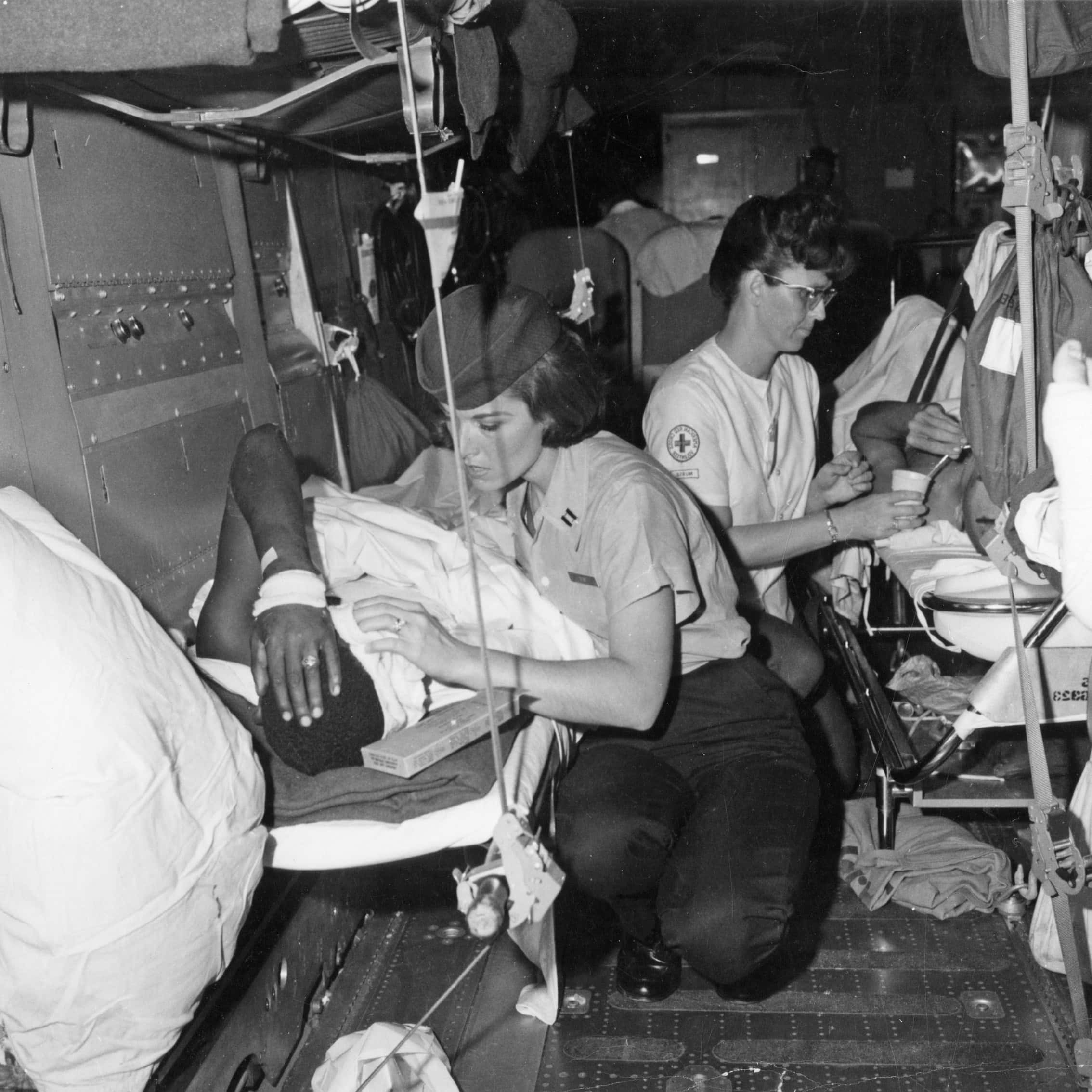La Grande Illusion was Jean Renoir’s 21st film, but his first big international success. A hit when it opened at the Marivaux in Paris in June 1937, it won a prize at the Venice Biennale and was voted the best foreign film in New York in 1938. Franklin Roosevelt said, “Every democratic person should see this film.” It was immediately banned in Belgium and Italy, heavily censored and then banned completely in Berlin. La Grande Illusion now has an established and well-deserved place on most lists of the 10 greatest movies ever made.
The film is set among prisoners of war sometime between 1914 and 1918 (the chronology is purposely vague since we are not told how much “real” time elapses between the protagonist’s capture and his final escape) and it is usually viewed for its insights on the First World War. But it tells us much more about the late 1930s, when it was made and first distributed. Like Renoir’s other two great films from this period, La Marseillaise (1938) and The Rules of the Game (1939), La Grande Illusion reflects Europeans’ complex hopes and fears during the era of the Popular Front, appeasement, and the rising threat of Nazism.
The lasting success of the film rests on the extraordinary performances Renoir got from a cast including Jean Gabin as Lieutenant Maréchal, former mechanic and now pilot; Erich von Stroheim as Captain von Rauffenstein, the German pilot who shot down Maréchal’s plane and then commands the prison from which he eventually escapes; Pierre Fresnay as Captain de Boeldieu, an aristocratic staff officer; Marcel Dalio as Rosenthal, a wealthy Jewish artillery officer; and Dita Parlo as Elsa, the German peasant woman who offers Maréchal and Rosenthal refuge as they attempt to reach the Swiss border. In order for the plot to work, the characters must be recognizable types—the ordinary Frenchman, the Prussian officer, the aloof aristocrat, and the cosmopolitan Jew—but the actors inhabit these roles with such confidence and grace that we never doubt their authentic individuality. Even the minor actors, some of whom appear on screen for only a moment, radiate an essential, compelling humanity that is both a source of the film’s greatness and a key to its meaning.
The plot of La Grande Illusion unfolds in a series of beautifully composed episodes, arranged like the scenes of a stage play. Sometimes the transition from one to another is made with a jump cut, such as the arrival of the guard to transport Maréchal and de Boeldieu into captivity; in many cases, there is simply a brief fade out. The scenes are united by the theme of escape, which Renoir visually expresses with a constant interplay of motion and confinement, restlessness and restraint. In almost every scene the characters are on the move, arriving and departing, walking around their room or across the parade ground, and—in the memorable train sequence—being shipped from one prison camp to another. But their movement is always abridged, by a closing door, a wire fence, an armed guard. All this changes when Maréchal and Rosenthal are able to break out of their fortress prison: suddenly, the walls that contained the prisoners’ community are gone, replaced by an open landscape that is disconcertingly spacious and unbounded.
The film is also held together by a number of motifs that are constantly repeated with different emotional tones and inflections, much like the themes in a symphony.
Consider, for example, the recurrent role of music. The film opens with Maréchal leaning over a phonograph humming “Frou frou, frou, frou,” as he thinks about his impending meeting with Joséphine, a woman of questionable virtue in a nearby town. In one of the final scenes, a phonograph provides background music to the Christmas celebration that Maréchal and Rosenthal improvise for Elsa’s daughter. Along the way, music entertains, inspires, and distracts the characters. Music can unite people, as when prisoners and guards enjoy together the songs at the show, and it can divide them, as it does when the allies confront their captors while singing the Marseillaise to celebrate the French recapture of Fort Douaumont at Verdun.
The central role of language is easily lost when one sees the film with subtitles. Most of the dialogue, including the orders the Germans issue to their French captives, is in French, although the Germans speak German to one another; English, even a bit of Russian can also be heard. When he does not want to be understood by the other French prisoners, Rauffenstein speaks English to de Boeldieu. Maréchal tries in vain to tell an English officer about the tunnel they have dug under one of the huts, but he cannot cross the language barrier. However, he has no problem communicating with Elsa, even though his German pronunciation is terrible. Rosenthal, born in Vienna with a Danish mother and Polish father, moves easily into German when he must. Like music, language both unites and divides.
Finally, there is the recurrent theme of food, often an important element in Renoir’s films. Maréchal and de Boeldieu’s captivity begins with a luncheon invitation from Rauffenstein; Maréchal and Rosenthal’s ordeal ends when Elsa offers them a glass of milk and a piece of bread. Rosenthal’s packages from home provide the sumptuous meals around which the prisoners’ social life revolves. Maréchal’s refusal to eat is a sign of his despair while he is confined in the dungeon, just as Rauffenstein’s solitary breakfast underscores his alienation from a world in which he no longer has a place. There is no more powerful image of the war’s cost than the unused chairs inverted on Elsa’s kitchen table, where once her husband and brothers had had their meals.
In the final frames of Grand Illusion, Maréchal and Rosenthal, their long journey almost at an end, look anxiously across a broad, snow-covered field.
Maréchal: Are you sure, at least, that that’s Switzerland over there?
Rosenthal: Absolutely sure.
Maréchal: It’s just that German snow and Swiss snow look pretty much the same!
Rosenthal: Don’t worry, there’s a genuine man-made frontier right there, even though nature doesn’t give a damn.
Maréchal: I don’t give a damn either…And when the war’s over, I’ll come and get Elsa.
The Swiss frontier is the last of the boundaries that Renoir’s characters must negotiate in the course of the film—boundaries between captivity and freedom, aristocrat and commoner, Gentile and Jew, German and Frenchman, prisoner and guard. Even the most powerful boundary of all, the one between men and women, is briefly tested and transgressed by the British officers who appear in drag during the theatricals that stand at the heart of the film. As Renoir suggests, all these boundaries too often distract us from the common humanity that is as undivided as the snowy fields joining Germany and Switzerland.
The director’s intentions seem most certain when he records how his characters cross social boundaries with small, disinterested gestures of sympathy and compassion. Maréchal, the film’s everyman, is usually the recipient of these gestures—from the German officer who cuts his food, the French engineer who washes his feet, the guard who tries to cheer him up with cigarettes and a harmonica, de Boeldieu who warmly welcomes him back from solitary confinement, and, of course, Elsa, who spontaneously decides to take him in. The affectionate farewell between Maréchal and Rosenthal, that odd and sometimes contentious couple, marks the real climax of the film, to which the German soldier’s caustic comment when they reach safety (“Lucky for them”) provides a brief coda.
In contrast to its aesthetic clarity, the political meaning of Grand Illusion is elusive. Renoir himself said it was a film against war and so it has usually been seen. The title echoes the famous antiwar book by Norman Angell, The Great Illusion, which appeared in French as La Grande Illusion. And, of course, the film does condemn chauvinism and national stereotypes. From the two opening scenes, the first one in a French and next in a German officers’ mess, Renoir draws parallels between the two sides. His Germans are often humane; they may sometimes seem foolish, but they are never cruel or demonic. Indeed, many of the prison guards look old and frail, too small for their uniforms and hardly strong enough to carry their heavy rifles. There are a few scenes when we are told about the suffering war causes—usually by women: the widows in black who stand outside the camp gate and watch the new recruits (“Those poor lads,” one of them says) and, most dramatically, by Elsa who points to photos of the family members she has lost. But the pacifist message of film as a whole is less transparent. Unlike in the classic antiwar film—from G. W. Pabst’s Westfront 1918 through Lewis Milestone’s All Quiet on the Western Front to Oliver Stone’s Platoon—combat is kept off stage in La Grande Illusion. And unlike these films, in which the characters are caught in a web of violence and ensnared in war like the soldiers mired in the mud of the trenches or the jungle, La Grande Illusion shows the protagonists as separated from the front. The plot, after all, is about their struggle to get back to the fighting. Nowhere does Renoir suggest they are wrong to do so; a soldier himself, he knows what it feels like to remain on the sidelines while, as Maréchal puts it, “the others are all getting knocked off.” The film’s political meaning, therefore, like Maréchal and Rosenthal’s future beyond the final frame, remains open.



